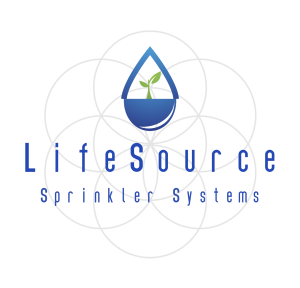First Freeze:
OCTOBER 15th. It is always our recommendation to get your system winterized prior to the first hard freeze of the season (overnight low of 32ºF or lower). A tentative estimate of this is usually around mid-October. Living in Colorado, we have all seen seasons with snow as early as September, and also freezing temps holding off until mid-late November. As exact temperatures and weather patterns cannot be predicted, there is no guarantee as to what date will be the deadline for damage-causing temperatures.
If you are unable to get a professional blowout scheduled with us in time for freezing temps, the following are step-by-step instructions on how to temporarily protect your system during the quick dips in temperatures that occur during the fall. This is not a guarantee that no freeze damage will occur, but if done properly, this will protect the most vulnerable and expensive components of your sprinkler system during the early parts of the cold season.
Step 1: Turn off the irrigation water supply valve.
– ball valve: turn so handle is perpendicular to the pipe
– gate valve: righty-tighty to close/turn off
– typically located in the basement or crawlspace
– sometimes is in the yard and will require a “curb-stop” key to turn off
Step 2: Open all valves on back flow
– opening small test-cocks on back flow will allow air in to flush the water out
– flathead screwdriver will be needed to open test-cock valves
– parallel with the test-cock means it is open
Step 3: open all drains in valve boxes (if applicable)
– manifolds should have a drain of some sort
– auto-drains automatically drain remaining water after completing steps 1 & 2
– ball valves will need to be turned parallel with the direction of the pipe
– gate valves will need to be turned to the left to open (lefty-loosey)
Step 4: drain remaining water between back flow and shut-off valve
– you will want a small bucket or container to catch the water
– located on or very near the shut-off valve
– it will be a small brass cap if it’s on the valve, unscrew this to drain water
– could also be a gate valve or ball valve before an open ended pipe
Step 5: call us to schedule a full winterization!
– we use a high-powered air compressor to properly remove any water
throughout the whole system to prevent unnecessary damage throughout
the winter months
If you are unsure about the above process, simply wrapping your back flow with old blankets or towels and covering the whole thing with a trash bag will serve as some protection against the cold during those quick, overnight dips in temperature.
